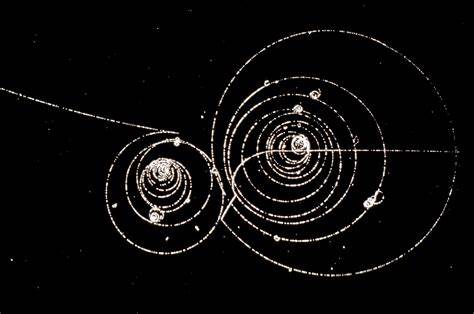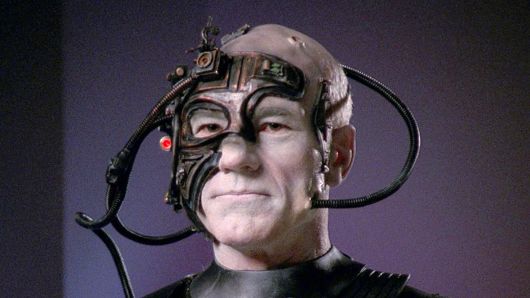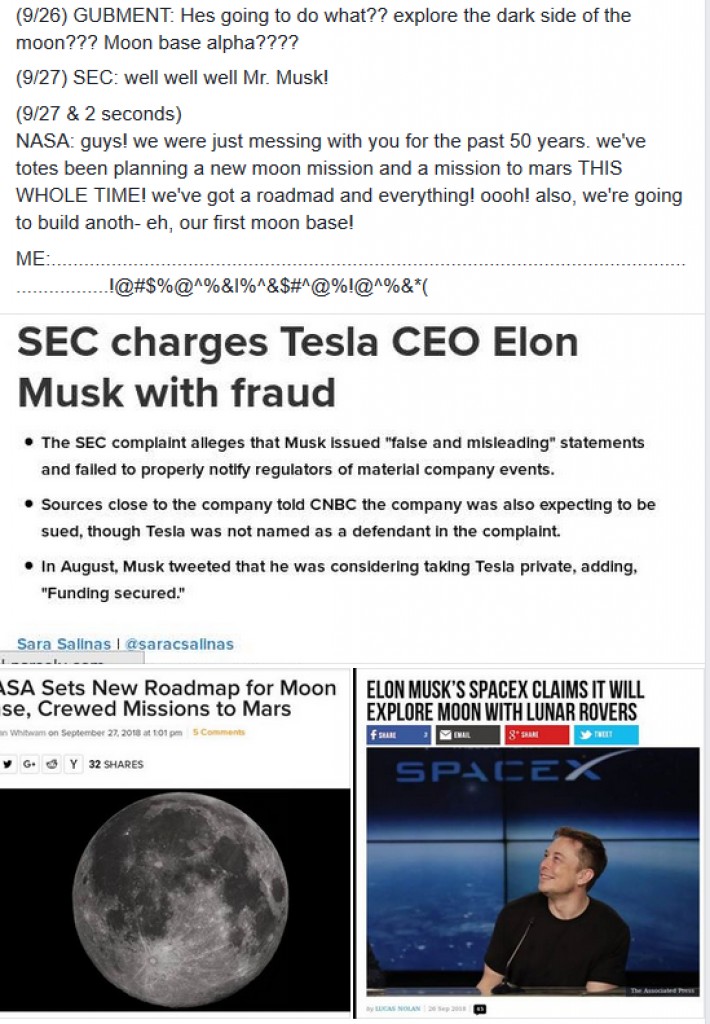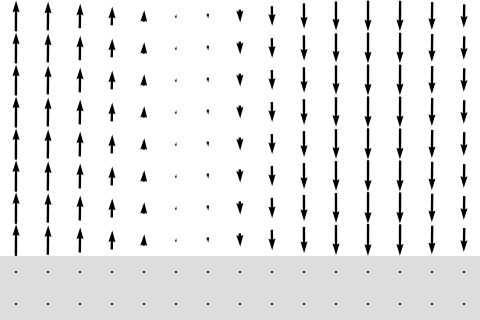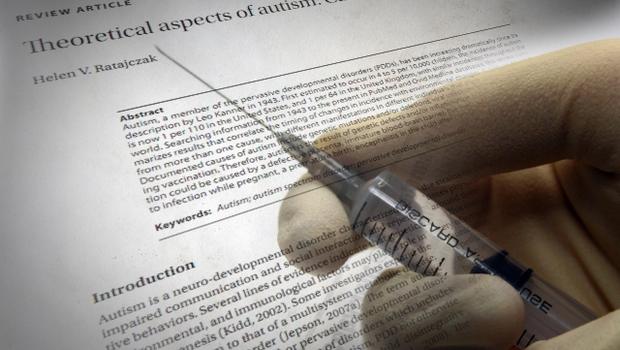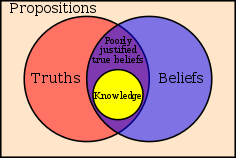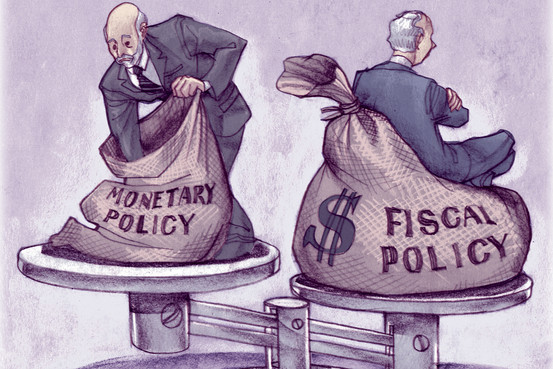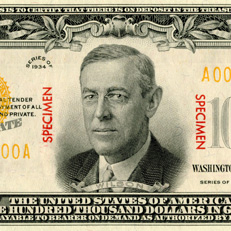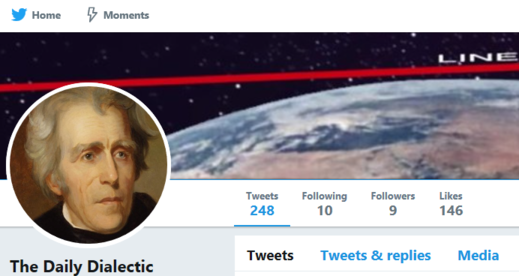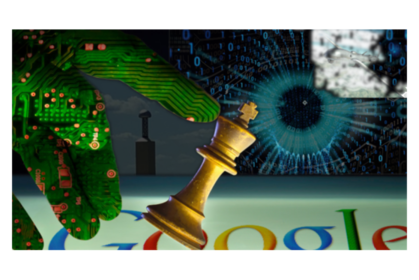
through courses in Accounting, Macroeconomics, and U.S. Government History, I have noticed several links pertaining to the Federal Reserve, and our constant struggles in avoiding mass debt and inflation, in order to maintain a sound economy.
Through courses in Accounting, Macroeconomics, and U.S. Government History, I have noticed several links pertaining to the Federal Reserve, and our constant struggles in avoiding mass debt and inflation, in order to maintain a sound economy. There have been different uses of currency as well as tactics in avoiding inflation, none of which have yet to conclude a permanent solution. The ones that were at least in the right direction of a beneficial solution to the U.S. economy’s struggles, are unfortunately no longer being used, and the ones that are being used, are driving our economy into the ground. The concept of The Federal Reserve revolves around the worst kind of terms from accounting and economics that no nation should have their economy based off of, such as: promissory notes, debt, credit, and inflation. Through the history of currency, our Founding Fathers and the first banks, the great depression, and the enactment of The Federal Reserve, I will show the economic issues that were triggered in its wake, including the present economic issues that have resulted in the U.S. debt becoming the highest amount of debt recorded in history.
What originally peaked my interest in this particular topic of debt, is that it is something I can absolutely relate to, not only that but, that I know so many other people that are also in debt to the government, and the baffling discovery to find that the U.S. government is in debt too! Not just, oh I’m in debt, this is serious debt, this is debt, debt, this is debt that goes into the trillions. Trillions! If only we had the trillion dollar bill from Zimbabwe to give, kidding of course, but the concept of being able to repay over a TRILLION dollars in this century at least, is just as ridiculous as the concept of a trillion dollar bill, or monopoly money being an accepted currency, oh wait it is. I would imagine however, monopoly money or not, that lenders prefer to be ALIVE to see the money they loan out paid back, and last I checked I’m still dodging debt collector phone calls, which it looks like the government is doing as well. The government who demands good credit standing from its citizens in order to acquire certain necessities throughout their lives, when in fact their own credit score is looking terrible due to the amount of debt they are in, a debt that is owed to the Federal Reserve. All of what our country is built on will have an inevitable permanent decline of the dollar value, to reveal our printed currency for what it truly is. Monopoly money. My offered suggestions to end the increasing issues of U.S. debt and inflation in the present time and on, will be just that, suggestions based off of history and my own knowledge, but they will all circulate around one concrete affirmation of which I am sure is a necessary act in repairing our economy, which is to end The Federal Reserve. Do not pass go, do not collect $200, because it is literally worth the value of money in a game of Monopoly.
Back in the time of the 10th century, before the use of currency, the use of bartering was dominant. The biggest issue with this was that not everyone had what was necessary to trade in order for them to get what they want. This recurring issue eventually brought about the idea of currency in the form of gold.
The use of gold as currency proved to be more efficient, however, these were in times with minimal security options, and many people were being stolen from. To avoid the continuance of thievery, the idea of a bank emerged. After the bank was erected, for a small protection fee, people were able to store their gold safely there, with the exchange of an I.O.U. from the bank stating their amount of gold available to them, until they wanted to take some or all of it out at any time. This continued amicably for a time, long enough to where the I.O.U. were accepted as actual gold from people, until the banker began to loan out gold with interest, to other people. A number of people found this out, and demanded their gold back, which was no longer available at the bank, creating an uproar that eventually ended with the demise of the bank, as well as the banker himself. The idea of making a piece of paper, equivalent to the value of actual gold was born, and unfortunately, some time later on, so was the Rothschild family.
The War between France and England was heavily funded by a source that some refer to as, “The Red Shield.” The Red Shield was primarily made up of members of the Rothschild family, their last name which is German, translates to Red Shield. The Red Shield, played both sides of the war by funding both, France and England through printed currency. During the battle of Waterloo, England received a message near the end of the battle, from a source from the Red Shield, informing England that they were going to lose and should sell all their stock before it became completely worthless, and to prove it the Rothschild family began to sell their stock in the English Market as well, with an ulterior motive. This unsettling news and the added affirmation of the Rothschild family selling, prompted England to sell all of their stocks, homes, anything they could, before the War ended with them on the losing side, and their dollar value depleted. Unfortunately these precautionary measures and misplaced trust, costed them their country. As it turns out, England won the war, but it was too late, they had sold all of their stock, and the Red Shield bought it all back, at cheap rates. The result of their country’s new ownership, led to a never ending debt to Red Shield’s private banks for repayment of financing the war efforts, of which one of the main leaders, Nathan Rothschild is known for making this remark around the time of these events, “If I can control a nation’s wealth, I care not who makes its laws.” (2)
We trusted our nation to be based off of the general concepts taken from the Constitution, the signers of which, were strongly against the idea of our economy becoming dependent on a central banking system, and forewarned of its consequences throughout history. Andrew Jackson claimed on his deathbed even, that his greatest accomplishment was that he killed the banks, after successfully ending the renewal from the first Bank in 1811, which was originally established in 1791. To name a few of our Founding Fathers and their opinions on central banking: “The central bank is an institution of the most deadly hostilities existing against the Principles and form of our Constitution. I am an Enemy to all banks discounting bills or notes for anything but Coin. If the American People allow private banks to control the issuance of their currency, first by inflation and then by deflation, the banks and corporations that will grow up around them will deprive the People of all their Property until their Children will wake up homeless on the continent their Fathers conquered. ” (3) – Thomas Jefferson in the debate over the Re-charter of the Bank Bill (1809) “If congress has the right under the Constitution to issue paper money, it was given to them to use themselves, not to be delegated to individuals or corporations.” (4) -Andrew Jackson. Rather than let banks enslave the people of the United States in debt, our nation made use of the gold standard as its official currency around the time of 1880, with minimal inflation during its time in circulation.
The U.S. made use of the gold standard primarily in the years 1880-1914. The benefits of this era were numerous, and also around the time of the Industrial Revolution, one of the best and biggest economic booms in history. At this time, any additional production of currency did not require collateral of your first born like what we have today, but actually was priced at a minimum of its stock value, and the cost of turning any gold currency into nongold money was zero, so as to avoid any major price level changes. The gold standard era had a fixed exchange rate so that any fluctuation in price value, would be balanced out by a triggered ripple effect worldwide that was called the price-specie-flow mechanism. The supply of gold was for the most part, fixed unless someone made a discovery on their land of more gold, in which the price-specie-flow mechanism would balance everything out again. The steadiness in price level was not the only benefit of the classic gold standard era, we also had an inflation average of .1% per year, a percent that is ideal with a consistent price market level worldwide.
On December 23, 1913, Woodrow Wilson signed the Federal Reserve Act and enacted the empowerment of a government branch that we all know and love, called the IRS, and low and behold, was elected president soon after. Years after signing this, Woodrow Wilson expressed his regret, “I am a most unhappy man. I have unwittingly ruined my country. A great industrial nation is controlled by its system of credit. Our system of credit is concentrated. The growth of the nation, therefore, and all our activities are in the hands of a few men. We have come to be one of the worst ruled, one of the most completely controlled and dominated Governments in the civilized world no longer a Government by free opinion, no longer a Government by conviction and the vote of the majority, but a Government by the opinion and duress of a small group of dominant men.” (5) -Woodrow Wilson. The concept of the Federal Reserve, had already been turned down by our former founding fathers, so while maintaining the concept of their bank, they went about it a different way…well sort of, they had had some practice since then. Sixteen years after the Federal Reserve was signed on, the Federal Reserve note was still not made as our sole and primary use of currency, and wouldn’t be until 1971 by Nixon, but before that the United States experienced a thriving Industrial Revolution Era. The dates of the Industrial Revolution Era vary between the 1840s and early 1900s, however I can give you the specifics of when the Era ended, which is 1929, the year the stock market crashed. The 1929 stock market crashed and the economy went into what we call, The Great Depression, and didn’t end until 1939, when the government took action with the backing of the Federal Reserve.
My reason for choosing to focus on the ultimate demise of The Federal Reserve is because it is what holds the responsibility behind the major issues of inflation and U.S. debt. The Federal Reserve, is currently privileged with the responsibility of controlling the United States’ monetary policy which is, the use of money and credit controls to influence macroeconomic outcome. Genius. The Federal Reserve Act was an act by Congress that created and established the Federal Reserve System, the central banking system of the United States, and granted it the legal authority to issue Federal Reserve Notes, now referred to as the U.S. dollar, and Federal Reserve Bank Notes, as legal tender. More genius. Right now our system is based off of a currency that is currently printed by the private Federal Reserve Bank, and loaned out to our banks and government with interest. Before the Federal Reserve accomplished the impossible, channeling the doom of the U.S. economy through a PRINTER, the United States dollar bill used to say, “This note is legal tender for all debts, public and private, and is redeemable in lawful money at the United States Treasury or at any Federal Reserve Bank.” Oh the good old days. Now the U.S. dollar bill says, “This note is legal tender for all debts, public and private.” No they didn’t forget the other half to save money on ink, it is no longer there because it is no longer redeemable. The worth of which, is now primarily dependent on GDP, which is the total market value of all final goods and services produced within a nation’s borders in a given time period. The concept of which our currency is based off of, is basically a promissory note, the definition of which is a signed document containing a written promise to pay a stated sum to a specified person or the bearer at a specified date or on demand. It’s even stamped if you look close enough at the bill, it says “Federal Reserve Note”. Note. We are literally working to make more I.O.U’s to the government so they can pay back the Federal Reserve Bank.
The U.S. government currently has majority shares in the Federal Reserve Bank, which being majority shareholder in a company, means you get a say-so in certain alterations within the company or knowledge of current financial status. The very least of these privileges would be to be able to enter the building of the institution in which you hold all of these shares in. Well, not even the U.S. government has this privilege as majority stockholder, not the IRS, not the FBI, nobody but the actual board members of the Federal Reserve Bank are permitted into their building. Hmmm they must be too busy to answer the door along with the government, who gives the briefest of explanations on its own spending. Government expenditures is excluded from GDP despite the fact that it is the #3 contributor in the major use of total output. The reasoning of which for this is vaguely acknowledged in reassuring consumers that it’s used for building a few roads, and paying a few cops and teachers, nothing we can actually purchase, so we shouldn’t worry about it. What? Even the unrecorded spending’s of American citizens, is compensated for with estimates, or if they really get tired of guessing, we get audited by the IRS. You can throw in a meal estimate of a farmer eating his own crops, but you can’t toss in what our taxes are going towards? Maybe the concern is that are tiny American brains couldn’t handle the math, and are brains would explode from attempting the calculations that only a big fancy government calculator could solve. The Federal Reserve loans money to the government, the keyword here is loan, the repayment of which isn’t coming from the salaries of Congress, but from the consumers in the form of taxes and interest. My guess is that are brains would explode, not from the strain of calculating, but from the amount that we are paying to the Federal Reserve Bank.
The last president in our history to attempt the end of the Federal Reserve, was President John F. Kennedy. JFK gave reason for wanting to end the Federal Reserve to the chairman on Congressional Record on June 10, 1963, "Mr. Chairman, we have in this country one of the most corrupt institutions the world has ever known. I refer to the Federal Reserve Board and the Federal Reserve banks. The Federal Reserve Board, a Government Board, has cheated the Government of the United States and the people of the United States out of enough money to pay the national debt. The depredations and the iniquities of the Federal Reserve Board and the Federal reserve banks acting together have cost this country enough money to pay the national debt several times over. This evil institution has impoverished and ruined the people of the United States; has bankrupted itself, and has practically bankrupted our Government. It has done this through the maladministration of that law by which the Federal Reserve Board, and through the corrupt practices of the moneyed vultures who control it". In that same month JFK had issued Executive Order 1110, which would have ended the printing of Federal Reserve notes, and given the power of creating U.S. currency back to the U.S. secretary of treasury. Six months later, President John F. Kennedy was assassinated.
Through history we have seen the reasons behind the opinion of the Federal Reserve from a multitude of respectable figures, as well as facts from an economic standpoint that show the Federal Reserve as the primary cause behind our struggles; if we do not change our economic standpoint and the power that it is appointed to, the U.S. and its people will eventually claim bankruptcy following purchase by the Federal Reserve. Anything that can’t be afforded beyond a short term loan, should not be loaned, or if the increases of all these things continue in the market, well then I suggest the producers that are more than happy to be selling their stock at these high prices, should go ahead and take a loan from the government for their stock that they intend to be sold, to make up for the price amount that their targeted consumers aren’t able to afford. I’m sure their credit is better than mine, and if worse comes to worse, they can print you some more.
Even if you are responsible with your money, or an heir to a fortune, if you want to buy a home, you have to have good credit, which you can only attain through payment of loans. I can guarantee that one of the reasons for having to print more money, so that the banks stay afloat is because, all the loans that are increasingly given out, are getting paid back too slowly, or not at all. In my case, it is basically not at all. Why? Because I am not necessarily the most responsible with money, because I am not an heiress to a fortune, and because I simply do not have enough money to, which is the same reason I had to borrow it in the first place. An alternative would be increasing income for even the most basic jobs, so we can eat more than ramen, and comfortably afford the above priced products that are necessities for most, but something tells me that is exactly what they don’t want for us, “to comfortably afford” anything, because how would we keep up this thriving economy of debt with interest, if we would afford it without a loan. I’m kidding of course about the ramen, we eat fairly well. We can afford it because we took loans out for everything else.
The majority of people would gladly avoid the route of borrowing money for something we could comfortably afford, because the issue isn’t primarily around the patience of saving for what we want or need, it’s because it is too expensive and there are too many things that necessitate the need for a loan currently, for anyone to do anything but borrow money. Any money that is actually accumulated in savings I personally, would put towards one of the number of things that is ridiculously expensive in this country, to avoid taking out yet ANOTHER loan in order to pay for it. These loans are money that you not only have to repay, but repay with interest, and if you are like myself, it won’t be just one creditor that you are expected to pay back, there will be multiple, most likely simultaneously, all of them overlapping with the never ending payment plans that you can barely afford, which normally means smaller monthly payments, and more accumulated interest.
This never ending cycle of debt has instilled in me an attitude, of which I am sure I am not alone in, of something similar to the term, discouraged worker. A discouraged worker is an individual who isn’t actively seeking employment but would look for or accept a job if one were available. I mention this because if you replace just a few of the words, it would be, A discouraged borrower- an individual who isn’t actively seeking to repay his/her debt but would pay if an affordable repayment option were available while being able to maintain both, present lifestyle qualities and savings, then they would take it. If I lend money to a friend, and I have, a rare occurrence that I do not regret in the least, if they missed a payment due to their own financial issues, I’m betting that if I added an additional fee for that missed payment that I’m probably not going to hear from my friend again, OR get my money back. I am deeply in debt, with medical bills, government tuition loans, and a few more that I just can’t remember because the debt for them has been bought and resold to so many different credit collecting companies over the years that have given up reaching me, and me having also given up on being able to repay them anytime soon, that I have mostly concluded that out of sight out of mind is the best tactic until I am in a more financially stable situation, and even then will probably not pay it if the interest has accumulated to an outrageous amount. Yes, I’m the kind of person that’s taking from the 80% of each of your deposits thanks to fractional reserve banking. The kicker to all this is, I still get credit card offers in the mail every single day.
Bibliography
1) Eberhardt, Doug. "What Really Backs the US. Dollar?" BuyGoldandSilverSafely. N.p., 2015. Web.
2) "Famous Quotations on Banking." The Money Masters. WordPress, Avada, 2012. Web.
3) Friedman, Milton, and Anna Jacobson Schwartz. "A Monetary History of the United States, 1867-1960." EH. net. Economic History Association, Web.
4) “Nathan Rothschild (the mastermind)” “How the Federal Reserve Started.” Wisdom Square. Wisdom- Squarefcom, 2012-2015. Web.
5) “How Much Has US. Currency Inflated since 1792?" United States. Stack Exchange Inc., 29 Aug. 2012. Web.
6) “John F. Kennedy Vs. The Federal Reserve." John-F -Kennedy. net - John F. Kennedy vs The Federal Reserve, Web. 333,
7) Kiersz, Andy."$1 In 1872 Is Worth $0.05 Today." MongoDB. Business Insider, Inc, 08 Jan. 2015. Web.
8) Michael D. Bordo, "Gold Standard." The Concise Encyclopedia of Economics. 2008. Library of
Economics and Liberty.
9) Wikipedia contributors. "Rothschild family." W ikipedia, The Free Encyclopedia. Wikipedia, The Free Encyclopedia, Web.
10) Schiller, Bradley R., and Karen Gebhardt. The Economy Today. 14th ed. New York: McGraw-Hill Education, 2016. Print.
11) “Monetary Policy Basis." F ederalReserveEducation. ORG. F ederalReserve.GOV, Web.
1>12) “The Great Depression." History. com. A&E Television Networks, n.d. Web.
13) Wikipedia contributors. "Federal Reserve Act." Wikipedia, The Free Encyclopedia. Wikipedia, The Free Encyclopedia, 31 Oct. 2015. Web.
14) Wikipedia contributors. "Gold standard." Wikipedia, The Free Encyclopedia. Wikipedia, The Free Encyclopedia, 6 Sep. 2015. Web.
15) Wild, John J. "Accounting for Receivables." Financial Accounting Fundamentals. 5th ed. New York: McGraw-Hill Education, 2016. 322. Print.
The daily dialectics was devised in efforts of exposing devious tech derived from major companies. The highlights of which are Google and Facebook. Over the past decade they have worked together in lieu of the development of a wireless power network integrated into our most populated areas worldwide. Most notably 2017 - 2018 was the year of the final patent approvals. Facebooks Line of Sight system can receive the dense wave form emitted by the waveguide attached to Googles Goubau Launchers. Both are capable of ultra-low, microwave, up to THZ frequencies depending on ambient conditions and intention of dispersal.



In an age where truths are akin to fiction in the minds of the masses, fiction is a key component in societal control. Reprogram your programmer's programming; join the dialectic.
Contact us:
thedailydialectic@outlook.com
In an age where truths are akin to fiction in the minds of the masses, fiction is a key component in societal control. Reprogram your programmer's programming; join the dialectic.
Contact us:thedailydialectic@outlook.com
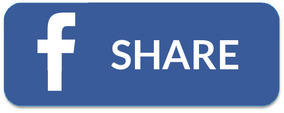


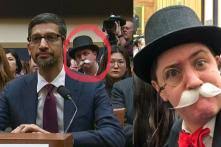
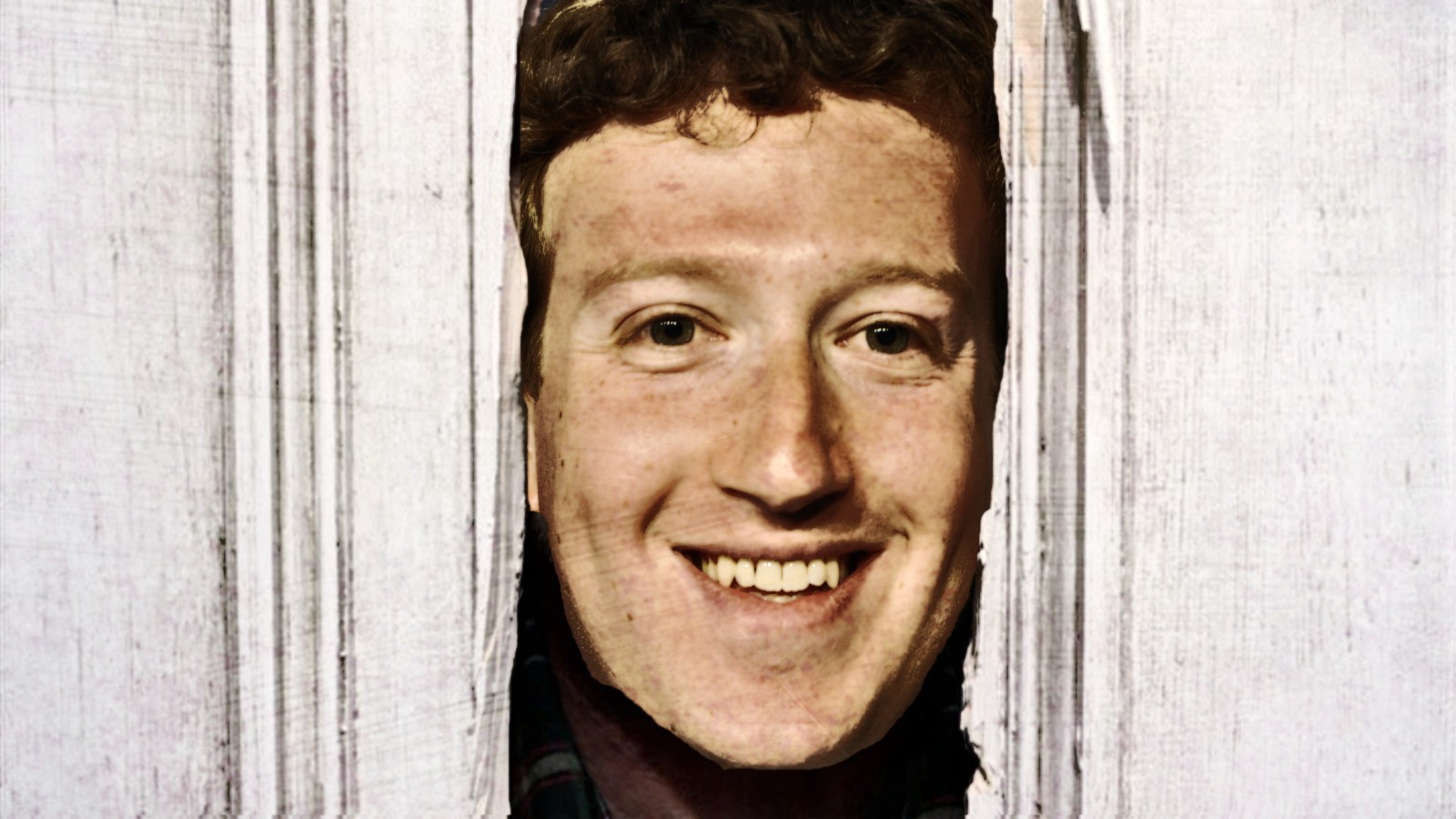


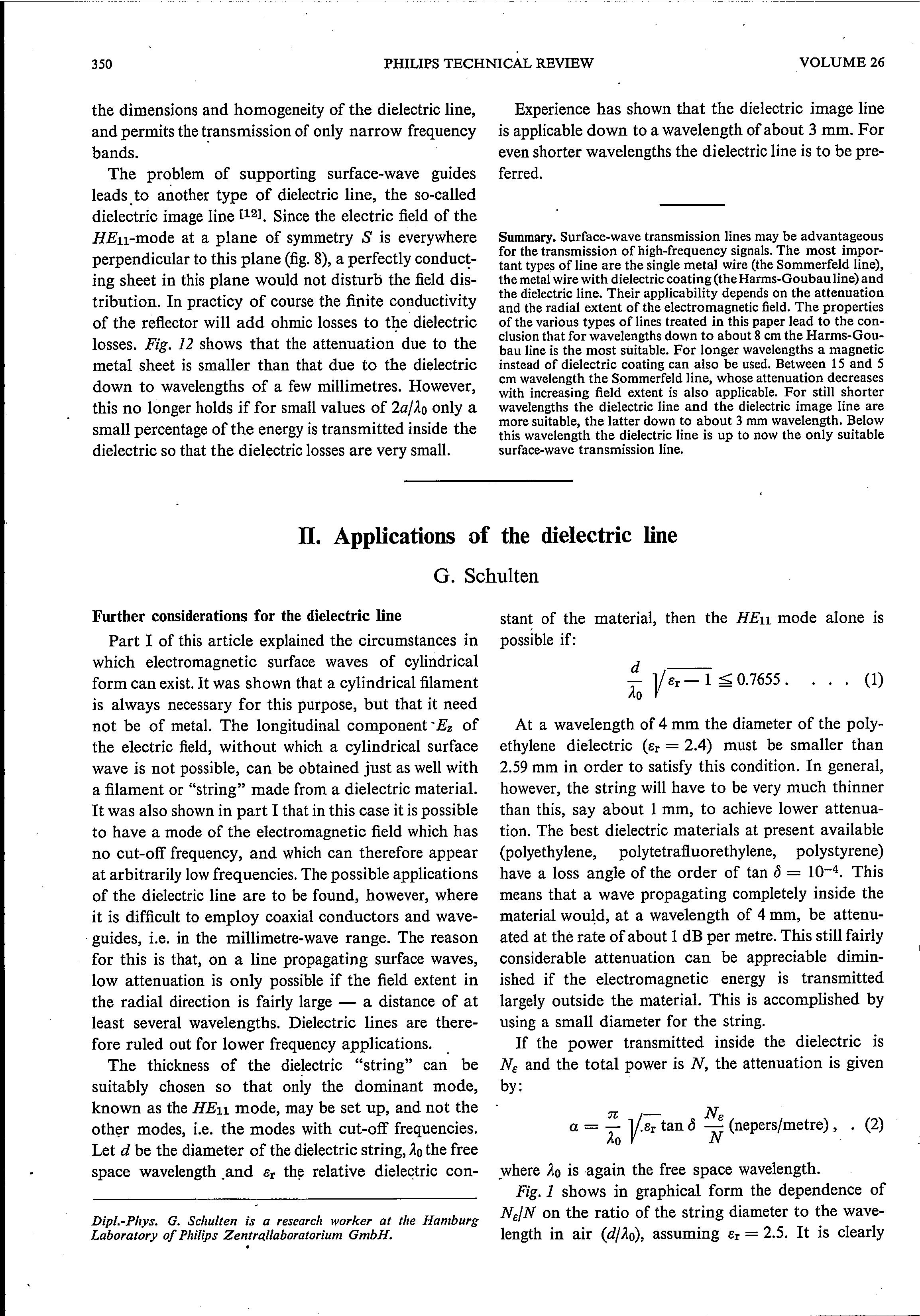


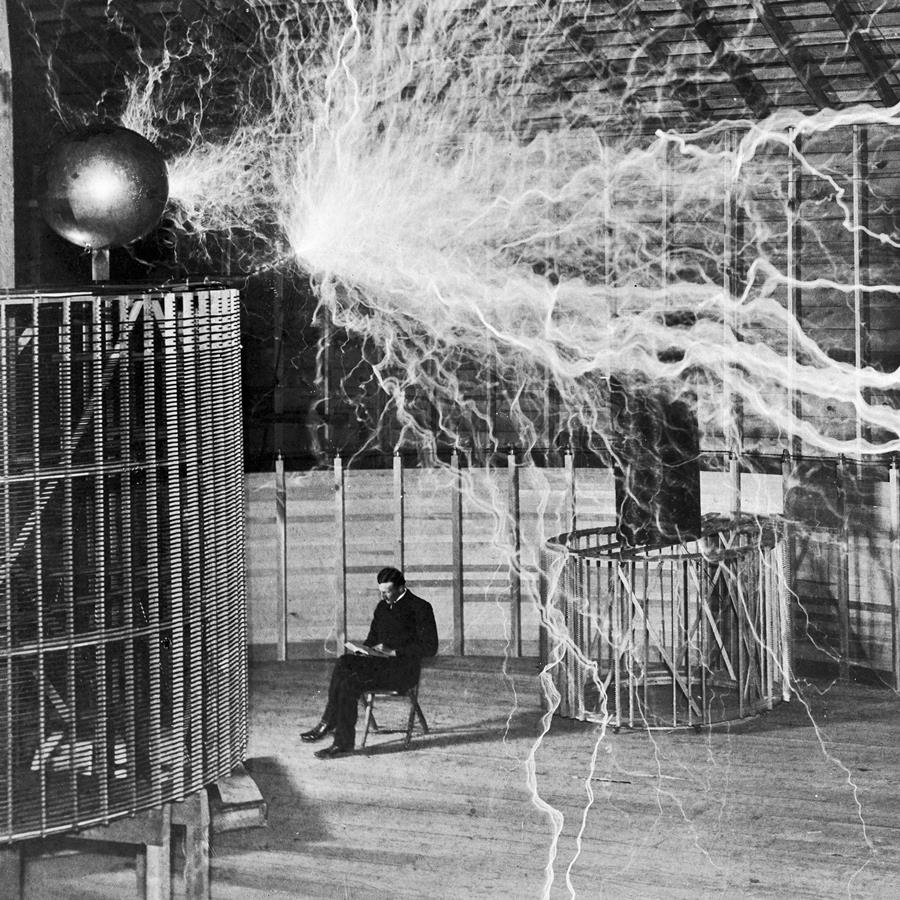
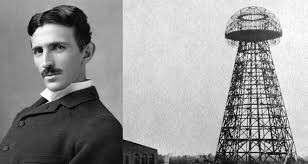
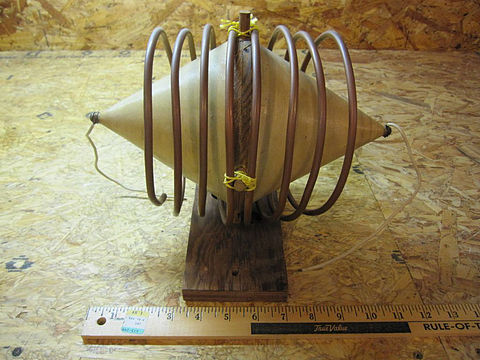
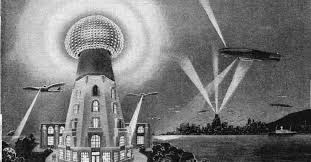

/HTML/20 Bedini_files/bigguy1.jpg)






